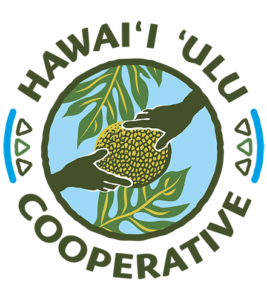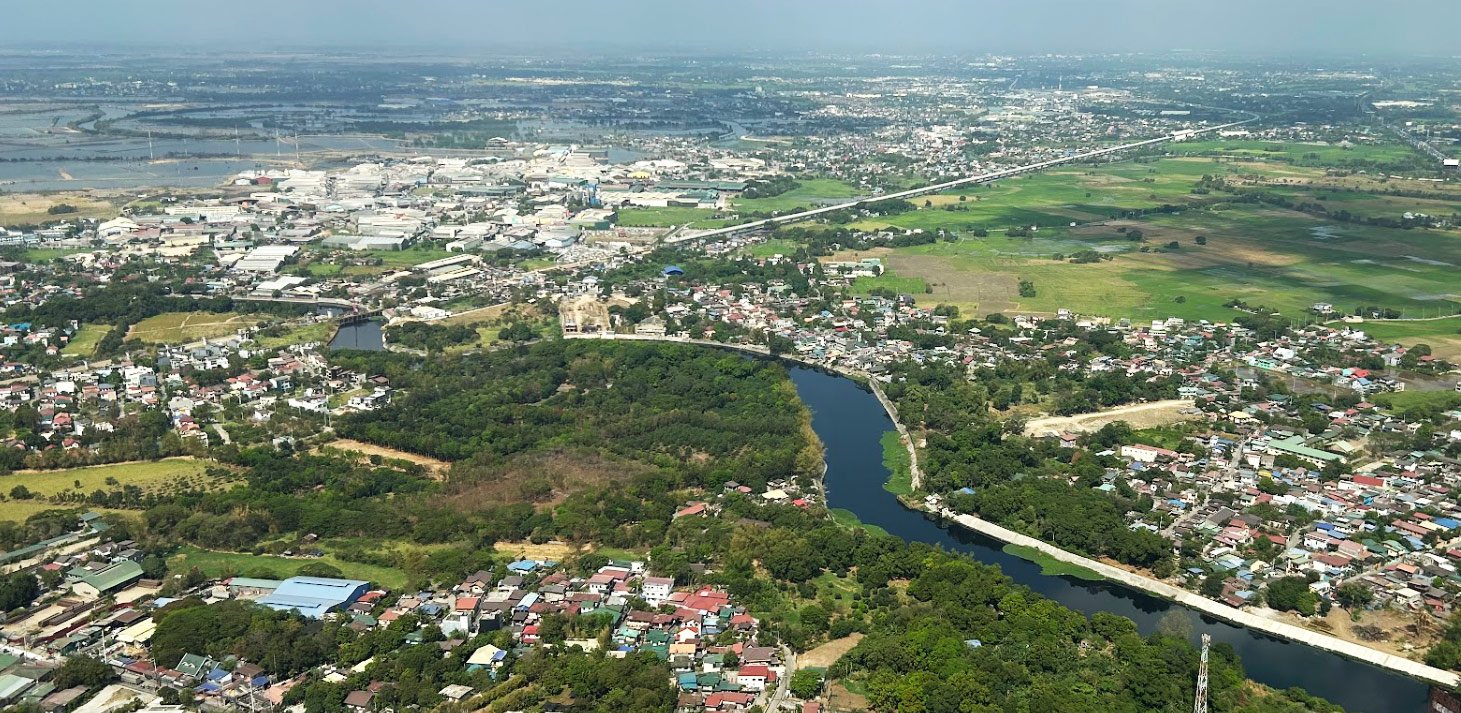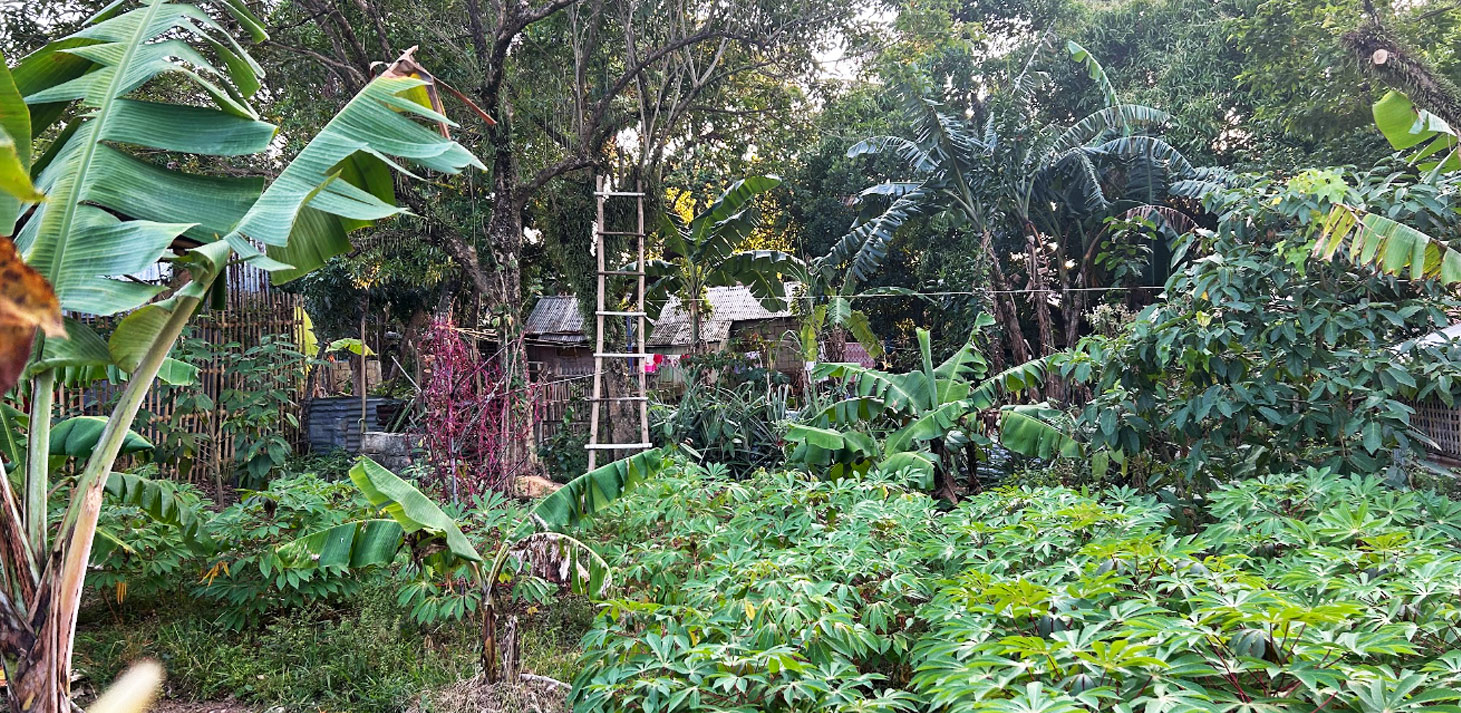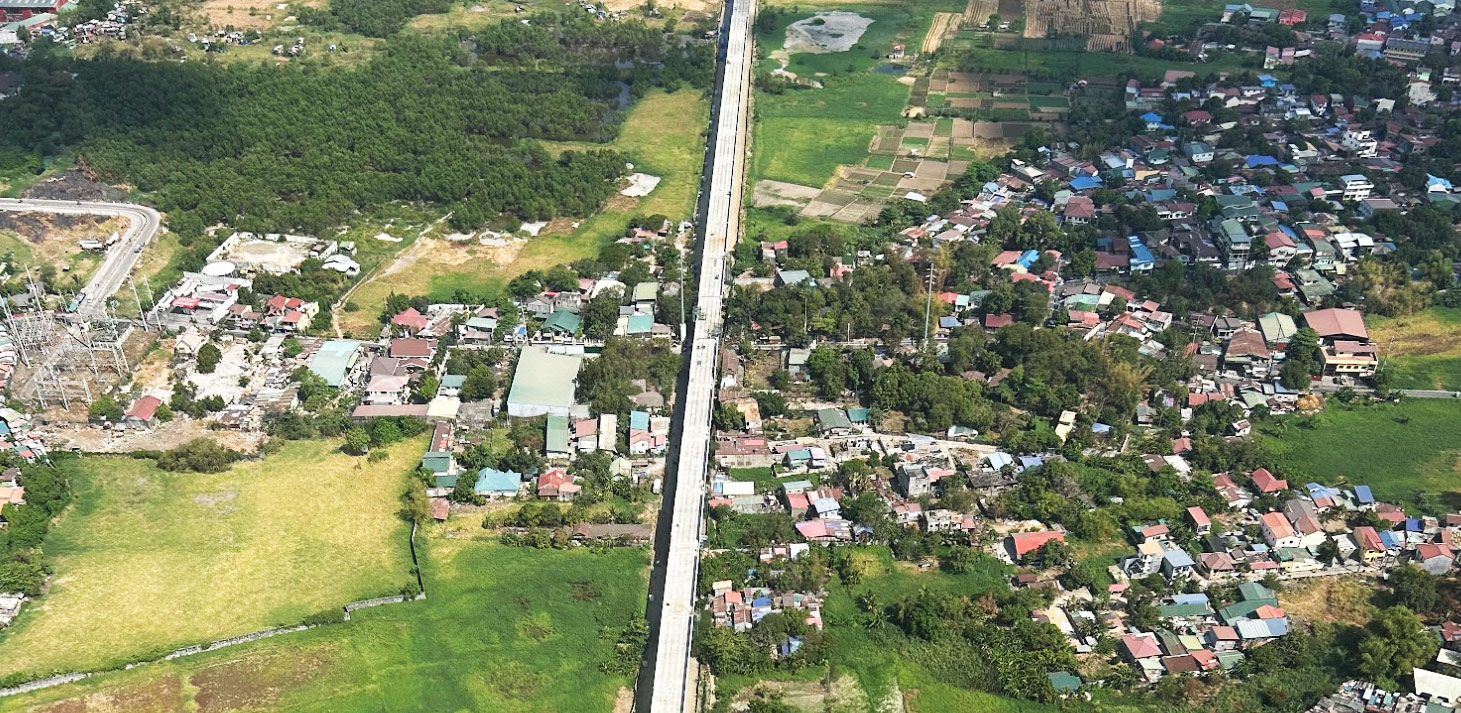Lessons for Hawaiʻi
Hawaiʻi and the Philippines have a close relationship, with 1 out of every 4 Hawaiʻi residents today claiming Filipino ancestry. Most Filipinos in Hawaiʻi are Ilocanos, originating from the northern part of Luzon, not far from where Secretary Estrella has his farm.
While the history and current state of agricultural development in the Philippines differs greatly from that in Hawaiʻi, several lessons can be drawn from the Filipino experience, which may benefit Hawaiʻi today.
First, the Agribusiness Development Corporation or ADC was created in Hawaiʻi in 1994 to facilitate the transition of Hawaiʻi’s agriculture industry from a dominance of sugar and pineapple plantations to one composed of a diversity of different crops as well as small, diversified farmers. Its main objectives include facilitating the transition of existing resources, including farmland, and leading the development and financing of agribusiness enterprises.
This is strikingly similar to DAR’s mission. If the ADC and partners made some state agricultural lands available for small farmers to own, not just to lease, it would enable the generational economic profitability that has become a focus priority for the Hawaiʻi Department of Agriculture under Chair Sharon Hurd.
Most Hawaiʻi farmland is leased, not owned, and this tenure structure severely limits the generational wealth that Hawaiʻi farmers can build over time and use to foster multi-generational farming families and businesses.
If the ADC is akin to DAR, both places have a separate Department of Agriculture (DOA). In the Philippines, the DOA focuses on market development and facilitates market access for farmers. As the previous head of Hawaiʻi DOA’s Market Development Branch, Chair Hurd could boost this branch of the Department to do more to strengthen markets for specific local agricultural products that are emerging or require additional support, such as breadfruit flour – which offers particular potential for food security.
The ADC, meanwhile, could be more strategically and effectively leveraged to provide support services for farmer-beneficiaries on their lands, including technical support and training, cooperative development, market analysis, and the dissemination of funding instruments like loans and grants.
Finally, Hawaiʻi State should be required to hold a minimum one-week supply of staple food at all times, purchased from local farmers, with stockpiles on each island sourced from farmers on those islands first. Nearing the end of the products’ recommended shelf life, the state could sell its stock on the private market to earn revenues to continue purchasing provisions to prepare for natural disasters or other supply disruptions.
The Philippines today produces some 75% of its staple food. Hawaiʻi produces less than 1%. This is a frighteningly precarious situation that the State is responsible for mitigating through policies and actions that other governments, including that of the Philippines, have demonstrated. Although the Phillippines is an independent country and Hawaiʻi is a U.S. state, both are archipelagos where prioritizing food sovereignty is critical for the islands’ security.
The Hawaiʻi Ulu Cooperative is very grateful to DAR and the Philippine government for their hospitality and for the opportunity to collaborate on our shared vision of breadfruit as a solution to food security and farmer equity.
To read more about efforts to integrate breadfruit into modern Filipino agriculture, check out DAR’s article from February 2024: https://www.dar.gov.ph/articles/features/104786



